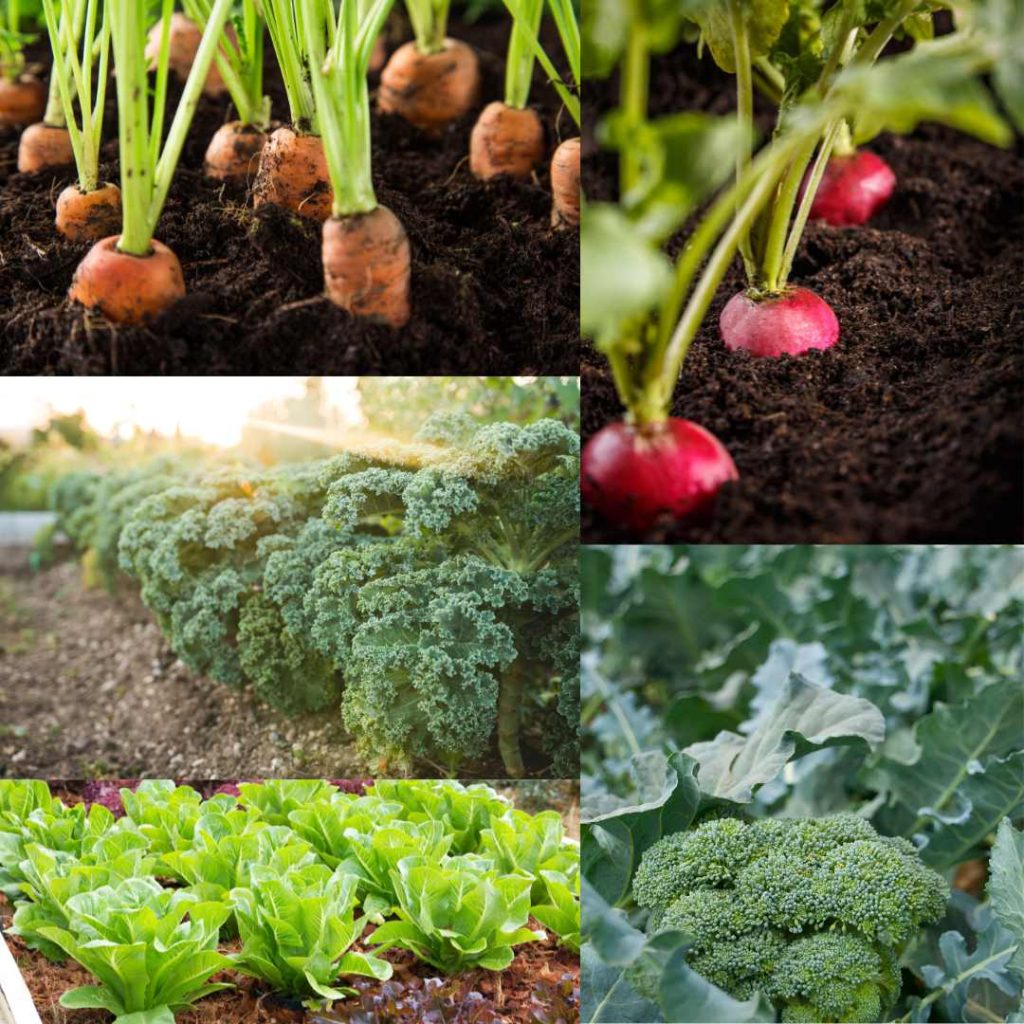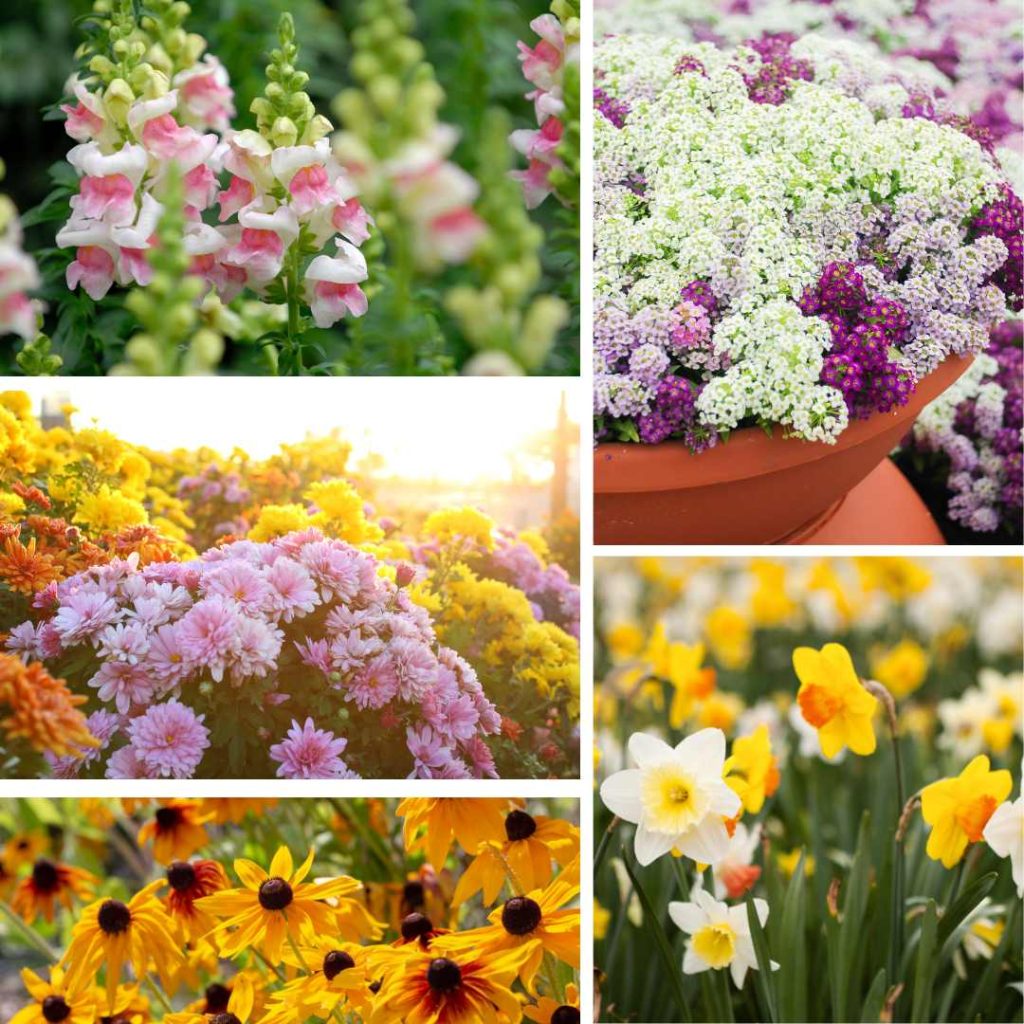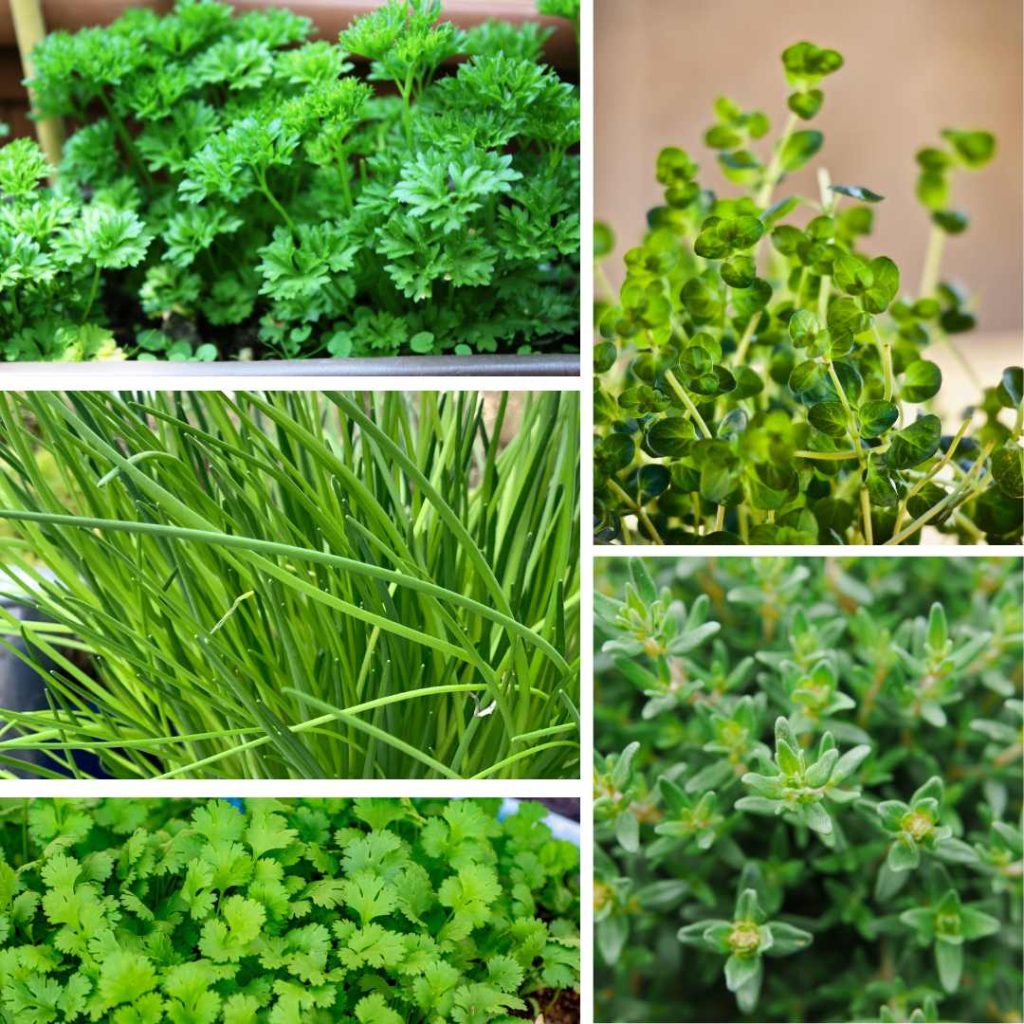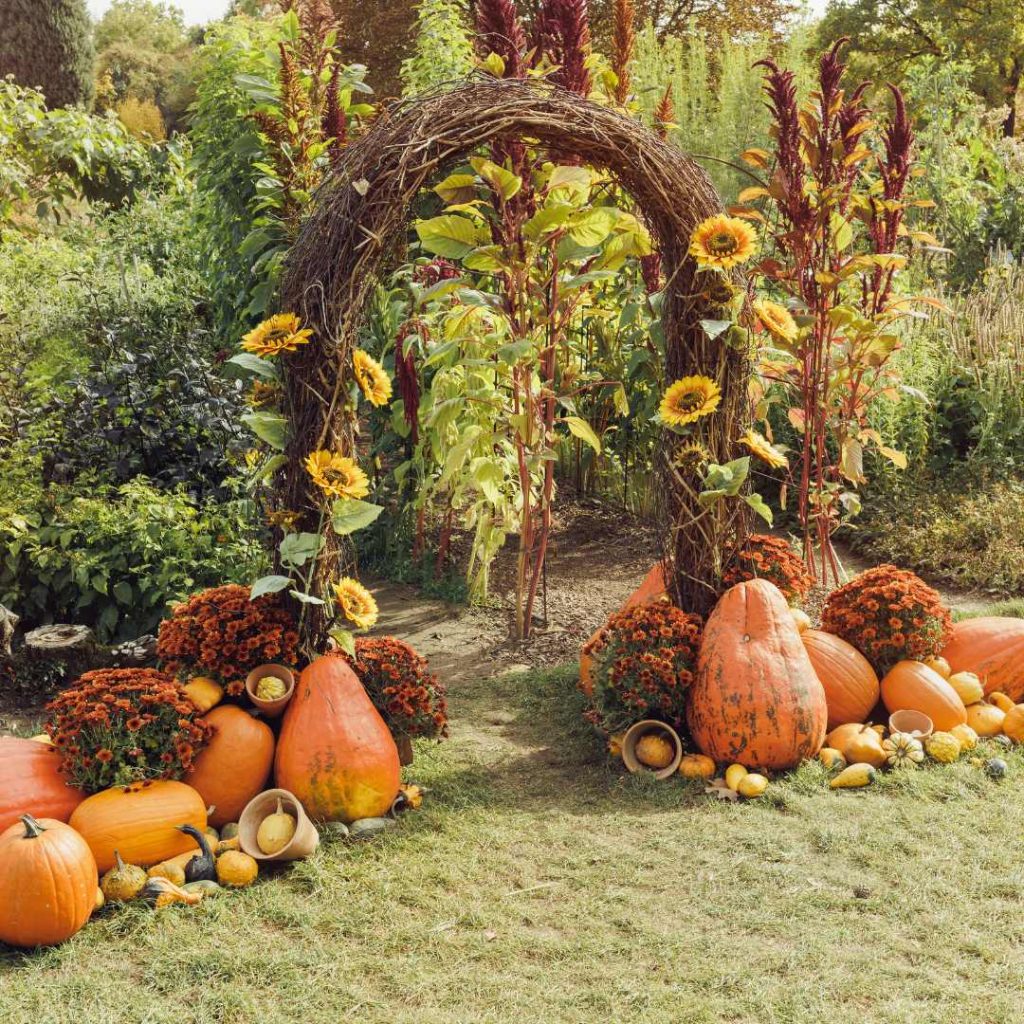When gardening shifts from summer harvests to cooler months, October is a critical month. The soil is perfect for seed germination because it holds onto its warmth. Selecting the appropriate seeds for a successful fall garden guarantees a fruitful fall and early spring growth, making the garden resilient and colorful.
Vegetables to Plant in October

Leafy Greens
Hardy as a green, kale grows best in cool climates and can be planted as early as October. Plant it 12–18 inches apart in well-drained soil, with a depth of about 1/2 inch. In the same way, spinach can be planted directly; however, it prefers slightly acidic soil.
For October planting, lettuce varieties such as butter head, loose-leaf, and romaine are excellent choices. Plant the seeds 6 to 12 inches apart. In cool weather, these plants grow quickly, allowing for several harvests before winter arrives.
Root Vegetables
Carrots can be planted in October for harvest in late fall or early winter; they prefer cool weather. Plant seeds in loose, loose soil, spacing them in rows 12–18 inches apart by 2-3 inches.
Vegetables that grow quickly, and radishes are best planted in the fall and need well-drained soil with regular moisture to maintain their crisp texture.
Because beets are so adaptable and do well in cool climates, plant the seeds 1/2 inch deep and space them 3–4 inches apart in rows that are 12–18 inches apart. They need regular watering to avoid developing woody roots, and they do best in soil that is high in organic matter.
Brassicas
Cold-tolerant broccoli can be planted in October for harvest in late fall. Plant broccoli 18 to 24 inches apart, give them regular watering, and cover the young plants with a row cover to keep pests away.
Similar to broccoli, cauliflower grows best in cool weather, so give them a space of 18 to 24 inches apart.
For healthy development, mulching and watering must be done consistently. Another brassica crop that grows well in October is cabbage; plant them in rows 24-36 inches apart, spaced 18-24 inches apart.
For healthy growth, mulch the soil, water it frequently, keep an eye out for pests like cabbage worms, and maintain the soil’s temperature and moisture content.
Flowers to Plant in October

Planting flowers that can resist frost and lower temperatures is a great idea in October. Annuals that can withstand mild winter temperatures, like violas and pansies, are well-liked for their vivid hues and capacity to bloom all year round.
Frost-resistant and adaptable, Snapdragons are an annual that can be planted in October for late fall blooms.
They also give garden beds and containers a vertical pop of color. Sweet alyssum is a low-growing annual that blooms all fall and into early winter. It produces delicate white, pink, or purple flowers that are suitable for cooler weather.
Chrysanthemums are a classic fall flower that are perennials. They are usually planted in the spring, but they can also be planted in the early fall for a sudden pop of color.
Coneflowers, especially the Echinacea kind, are hardy perennials that grow well into the winter and bloom the following summer. They can be planted as early as October.
They draw pollinators like butterflies and bees and can withstand droughts. Hellebores are evergreen perennials that bloom in late winter or early spring. They are also referred to as Lenten roses or Christmas roses.
Daffodils are one type of spring-blooming bulb that is well-known for its vivid yellow, white, or orange blooms. Another classic springtime bloom that should be planted in October is the tulip, which needs a period of cold dormancy in order to bloom properly.
One of the first springtime blooms, crocuses are also great for naturalizing in lawns and beneath trees. When these flowers are planted in October, your garden will look beautiful right away and be ready for a brilliant display of color in the months to come.
Herbs to Plant in October

Cold-hardy herbs that can tolerate chilly weather and occasional frost are best planted in October. The versatile herb parsley grows biennially and can produce new leaves in the spring, making it a great choice for fall planting.
Another herb that does well in colder climates is cilantro, sometimes referred to as coriander. It can be planted in October and will produce flavorful leaves that will persist into early winter. It needs to be watered frequently to avoid bolting because it grows quickly.
A perennial herb that can be planted in October for an early spring harvest, chives are cold-hardy plants. Once established, they come back every year and yield a consistent yield of leaves with an onion taste.
They need little upkeep and are simple to grow. Although they can withstand some shade, chives prefer full sun. To maintain their vigorousness, divide the plants every few years.
Low-growing and evergreen, thyme is ideal for planting in the fall because of its hardiness and resistance to hard winters. It is an excellent option for rock gardens, borders, and containers since it grows well in full sun and well-drained soil. The tiny, aromatic leaves of thyme are ideal for adding flavor to a variety of foods.
If you plant these hardy herbs in October, your herb garden will yield flavorful, fresh leaves through the winter months.
Related:
- How To Build An Outdoor Herb Garden
- 15 Indoor Herb Container Garden Ideas
- Top 8 Struggles Of Growing Herbs Indoor And Their Solutions
Regional Considerations
It is important to take into account you’re planting zone and local climate when designing your October garden. The USDA Plant Hardiness Zone Map divides the country into zones according to the average annual minimum winter temperature, making it easier to choose plants that are appropriate for your area.
For more detailed instructions, each zone is further subdivided into sub-zones.
Given the shorter growing seasons and colder winters in Zones 3-6 of the climate, it’s critical to select seeds that can withstand light frosts or mature quickly.
Pay attention to perennials and bulbs that require a period of cold to flourish, as well as cold-hardy vegetables like kale, carrots, and garlic. To shield young plants from unplanned frost, think about utilizing row covers or cold frames.
With longer growing seasons and later frost arrivals, milder climates (Zones 7-9) offer greater planting flexibility in October, enabling a greater selection of vegetables, flowers, and herbs.
You can experiment planting some delicate crops in these zones, like lettuce, or annual flowers like snapdragons, that might not survive in colder climates.
Gaining knowledge about average first frost date, soil temperature, microclimates, watering schedules, and mulching are helpful in modifying plant selections according to local climate.
First Frost Date:
Ascertain the anticipated date of the first killing frost, which has the potential to destroy or harm delicate plants.
Second Frost Date:
Take into account how the plants will fare throughout the winter and into spring. Some crops will continue to grow during the season, while others will go into dormancy and start up again in the spring.
Temperature of the Soil:
Pay close attention to the temperature of the soil and modify planting depth or timing as necessary. Radishes and spinach are examples of cool-season crops that do best in temperatures between 40°F and 60°F.
If the soil is too warm, start the seeds indoors, use soil warmers to promote germination, or wait until the soil cools down before planting.
Tips for Successful October Planting

Planting in October allows plants to take root well before the arrival of colder weather. In order to plant fall vegetables successfully, remember these pointers:
1. Add compost to the soil to enrich it with nutrients that are necessary for the growth of healthy plants. Before planting, work compost into the top 6 to 12 inches of soil to create an environment rich in nutrients and favorable for strong root development.
2. Use sand or perlite to improve drainage and prevent waterlogging to ensure appropriate drainage. Other useful options include raised beds or well-drained containers.
3. Mulch serves as a layer of insulation, shielding tender plants from bitter cold and frost. Straw, leaves, or wood chips are examples of organic mulches that are effective at insulating soil. Apply 2-4 inches thick around plants, taking care not to get directly in contact with the stems to avoid rot.
4. Modify your watering schedule for the chilly months. Plants require less watering, so monitor soil moisture levels frequently and water only when the top inch of soil feels dry. By allowing the soil to dry out during the day when you water in the morning, you lower the chance of fungal diseases and make sure your plants have enough moisture to withstand cooler nights.
5. For delicate seedlings, use cloches and row covers. Cloches trap heat and create a microclimate around each plant, while row covers are lightweight fabric coverings that shield plants from frost and other harsh weather.
A successful fall and early winter garden can be achieved by implementing these practices, which will help create a favorable environment for plants.
When it comes to gardening, October is a critical month that provides many advantages for those who embrace fall planting. Utilizing your garden space to the fullest and having a steady supply of home-grown ingredients, you can enjoy fresh produce well into the winter months by planting cool-season vegetables and herbs in October.
Throughout the fall and early winter, you can keep your outdoor space vibrant and appealing by adding cold-tolerant flowers and perennials.
A magnificent springtime display can be created by planting spring-blooming bulbs in October, such as daffodils, tulips, and crocuses. In addition to promoting stronger growth and an earlier start to the growing season, fall planting enables your garden beds to settle and enrich the soil prior to spring.
October is a great time to experiment with different seeds and find new favorites for your garden. Selecting plants that are appropriate for your particular planting zone and climate is another way to be adaptable.
Adding a variety of cool-season vegetables, hardy herbs, and fall-blooming flowers to the garden increases its diversity and offers more advantages. It also looks better.
Planting in October is a great way to advance your knowledge of seasonal gardening. You can have a beautiful and productive garden all year long by adopting these techniques and trying out new varieties.
